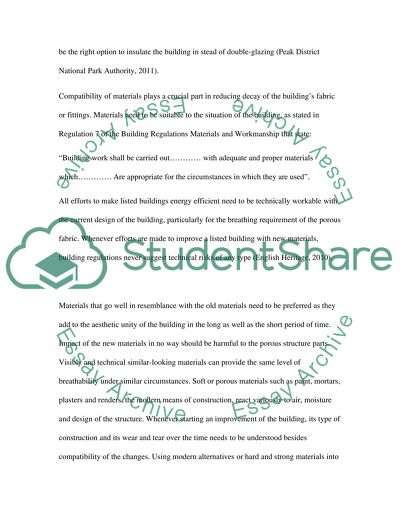Cite this document
(“Listed buildings can improve by new materials Essay”, n.d.)
Retrieved from https://studentshare.org/environmental-studies/1421243-listed-buildings-can-improve-by-new-materials
Retrieved from https://studentshare.org/environmental-studies/1421243-listed-buildings-can-improve-by-new-materials
(Listed Buildings Can Improve by New Materials Essay)
https://studentshare.org/environmental-studies/1421243-listed-buildings-can-improve-by-new-materials.
https://studentshare.org/environmental-studies/1421243-listed-buildings-can-improve-by-new-materials.
“Listed Buildings Can Improve by New Materials Essay”, n.d. https://studentshare.org/environmental-studies/1421243-listed-buildings-can-improve-by-new-materials.


